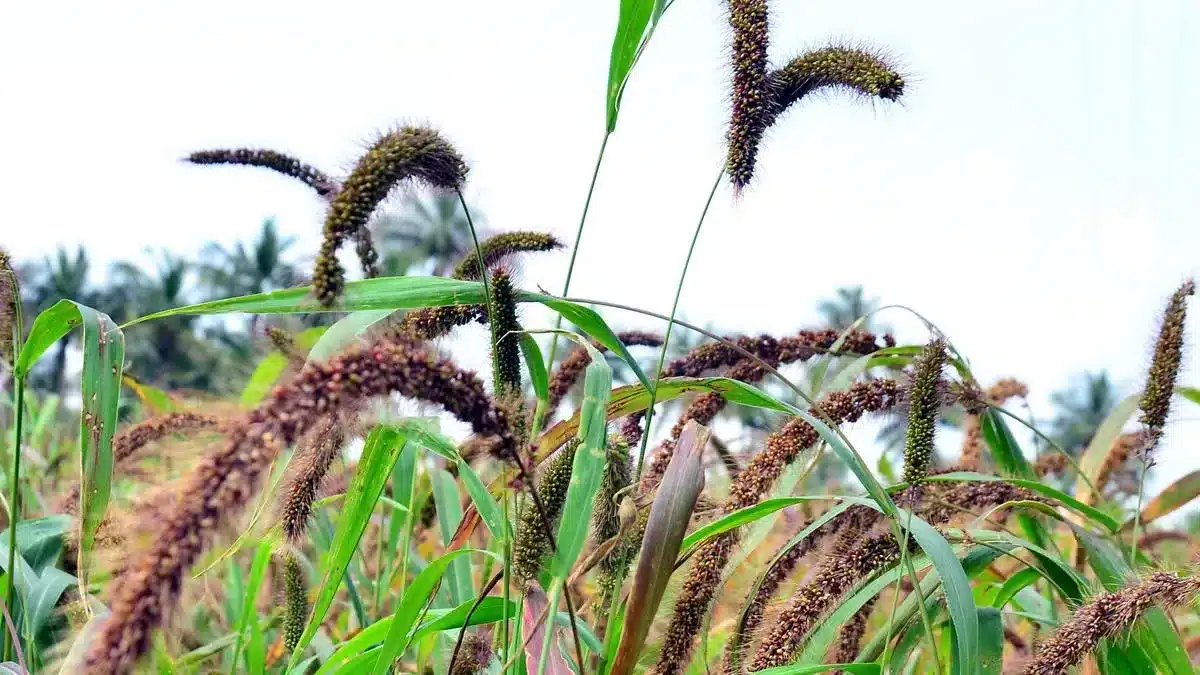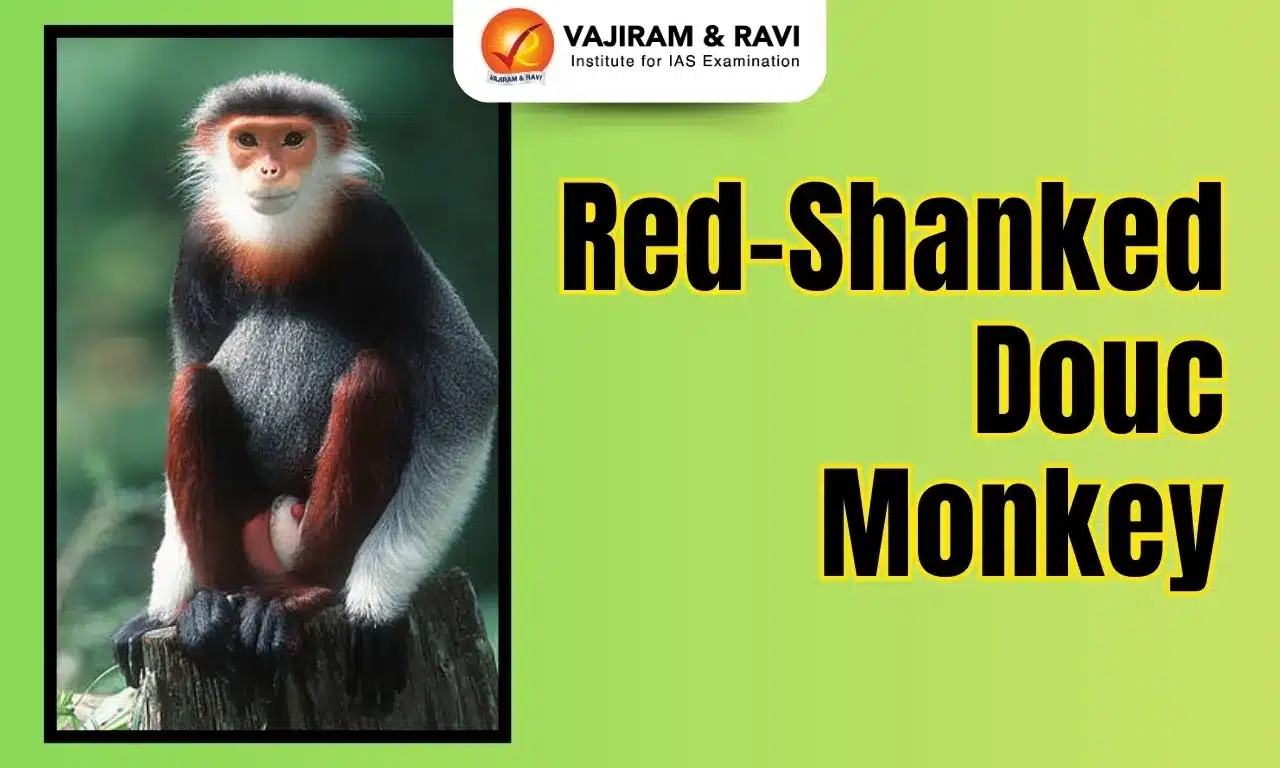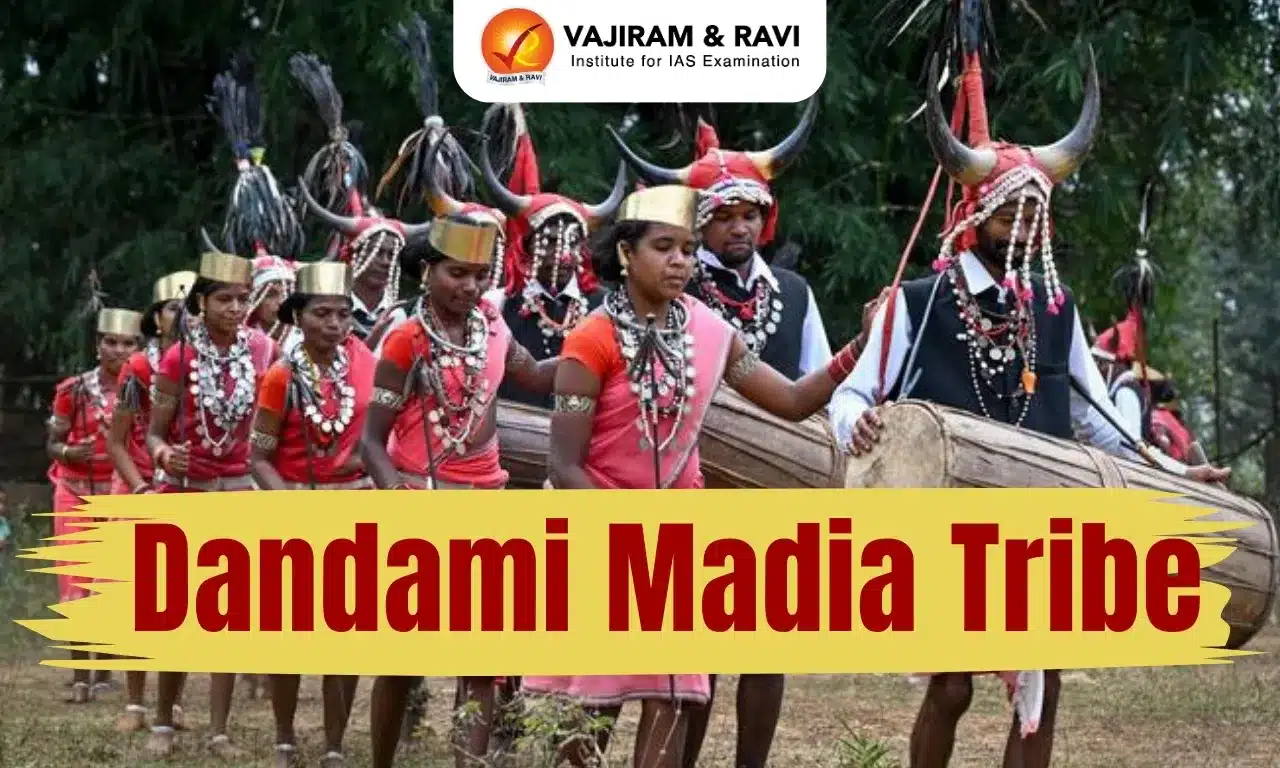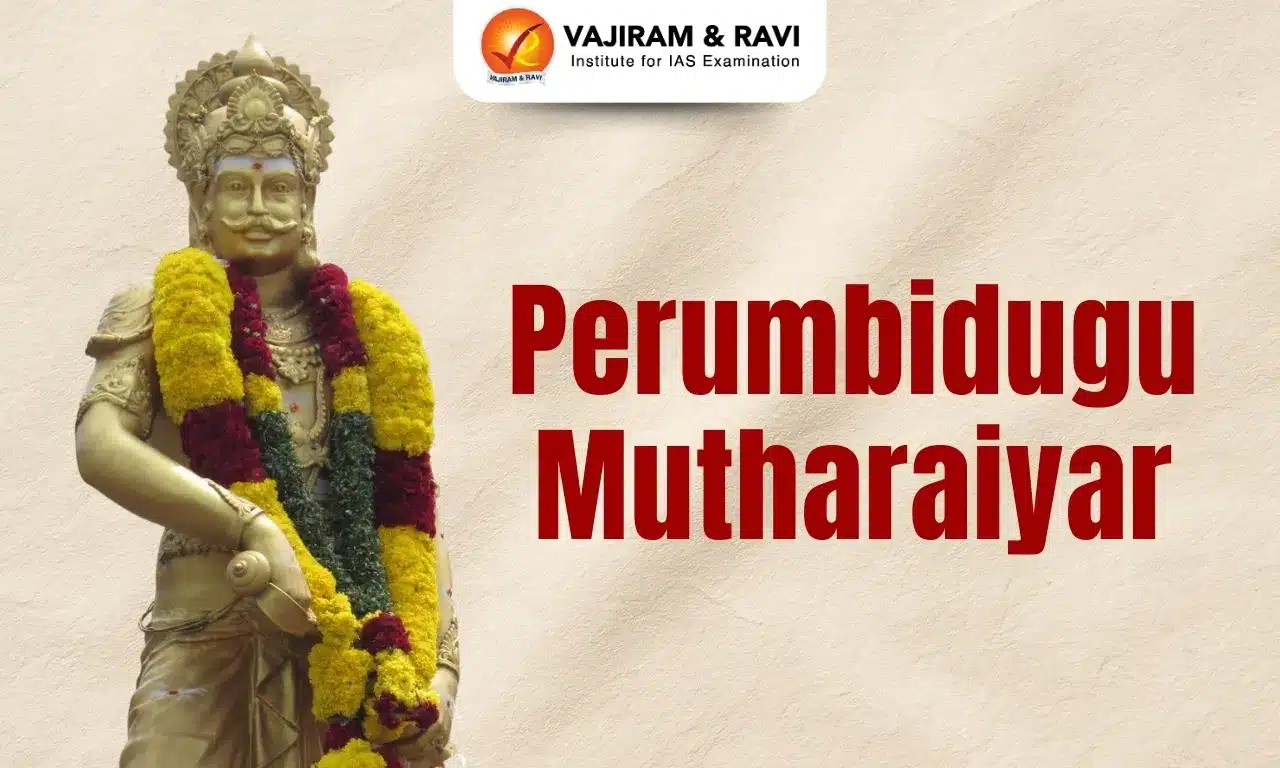About Bran:
- It is the edible broken seed coat, or protective outer layer, of wheat, rye, or other cereal grains, separated from the kernel.
- In flour processing, the coarse chaff, or bran, is removed from the ground kernels by sifting or bolting in a rotating, meshed, cylindrical frame.
- It provides dietary fiber and many different bioactive substances, including phenolic compounds, which can exert a beneficial effect on human health.
- Removing the bran from millets results in decreasing the protein, dietary fibre, fat, mineral and phytate content in them while increasing the carbohydrates and amylose content.
- Dehusked millets are nutritious and should be promoted in Indian diets to improve diet quality, debranned millets are nutritionally inferior, can increase the glycemic load of Indian diets.
What are Millets?
- Millets are a highly varied group of small-seeded grasses, widely grown around the world as cereal crops or grains for fodder and human food.
- This crop is favoured due to its productivity and short growing season under dry, high-temperature conditions (hardy and drought-resistant crops).
- Millets are a powerhouse of nutrients, which score over rice and wheat in terms of minerals, vitamins, and dietary fibre content, as well as amino acid profile.
- Though rich in both iron and zinc, wheat’s protein content comprises glutens, known to trigger gastrointestinal and autoimmune disorders in many people.
- Millets are high in minerals such as calcium, iron, phosphorus, and potassium, and they are an excellent source of phyto-chemicals such as phenolic compounds when compared to other major cereals (rice, wheat, maize),
- Millets provide a range of health benefits such as antiaging, anticarcinogenic, anti-atherosclerogenic, antibacterial, and antioxidant effects.
Q1: What is protein?
It is the workhorse in biological systems facilitating most of biological processes in a cell, including gene expression, cell growth, proliferation, nutrient uptake, intercellular communication and apoptosis
News:Keep the bran on millets to retain health benefits: study
Last updated on December, 2025
→ Check out the latest UPSC Syllabus 2026 here.
→ Join Vajiram & Ravi’s Interview Guidance Programme for expert help to crack your final UPSC stage.
→ UPSC Mains Result 2025 is now out.
→ UPSC Notification 2026 is scheduled to be released on January 14, 2026.
→ UPSC Calendar 2026 is released on 15th May, 2025.
→ The UPSC Vacancy 2025 were released 1129, out of which 979 were for UPSC CSE and remaining 150 are for UPSC IFoS.
→ UPSC Prelims 2026 will be conducted on 24th May, 2026 & UPSC Mains 2026 will be conducted on 21st August 2026.
→ The UPSC Selection Process is of 3 stages-Prelims, Mains and Interview.
→ UPSC Result 2024 is released with latest UPSC Marksheet 2024. Check Now!
→ UPSC Prelims Result 2025 is out now for the CSE held on 25 May 2025.
→ UPSC Toppers List 2024 is released now. Shakti Dubey is UPSC AIR 1 2024 Topper.
→ UPSC Prelims Question Paper 2025 and Unofficial Prelims Answer Key 2025 are available now.
→ UPSC Mains Question Paper 2025 is out for Essay, GS 1, 2, 3 & GS 4.
→ UPSC Mains Indian Language Question Paper 2025 is now out.
→ UPSC Mains Optional Question Paper 2025 is now out.
→ Also check Best IAS Coaching in Delhi

















